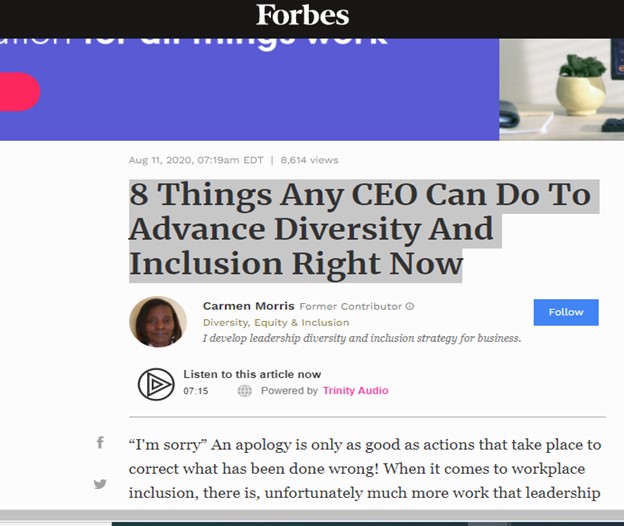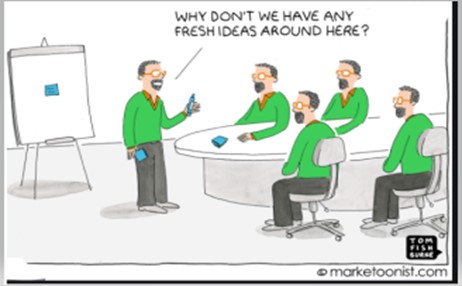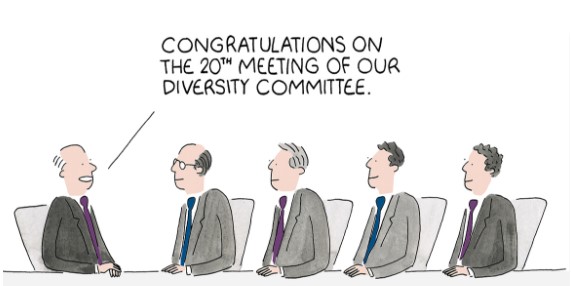“The association between unemployment status and physical/mental health among veterans and civilians in the United States” by Than V. Tran, Julie Canfield, & Keith Chan makes a sound argument supporting the increase of veteran employment programs in order to reduce the negative health impacts of being unemployed. Throughout the article, the author’s emphasize the health disparities that can arise from unemployment as well as the the hardships unemployed people have to go through in order to join the workforce. This process becomes increasingly burdensome for veterans due to their need to adjust to civilian life not to mention any other outstanding medical issues they may have gained while serving.
Tran, Cainfelid, and Chan relied on the evidence found in the “Interaction effect of employment status and veteran/civilian status” study. This study analyzed the affect that unemployment has on veterans and civilians. The researchers believed that the negative impact would affect the veterans at a higher rate than non-veterans. Simply, being a veteran should not have an impact on a person’s health but this study aims to expose the underlying affects that health issues (as a result of military service) have on unemployment amongst veterans which intern makes it harder to re-enter the workforce. Depression, existential crises, and suicidal thoughts are just some of the many mental health issues that can arise from being unemployed. The study also shows the connection between unemployment and poor nutrition due to a lack of resources which can ultimately have a negative impact on the physical body as well.
I chose this article not because of the solutions it present in terms of programs that promote diversity and inclusion but because of its F of the effort that it makes to promote awareness around these issues. The authors place a strong emphasis on understanding the disparities that lead to unemployment rather than just trying to promote programs to solve it. The Kaplan & Donovan article explains that intention with regard to diversity and inclusion has a big impact on the result of the actions taken to promote equity. Kaplan & Donovan Work to define the definition of inclusion by starting with the needs of the marginalized group instead of the organization trying to promote inclusion. I feel as if this article does a good job of understanding the reason behind veteran unemployment and presenting it with respect to the impact on veterans rather than the economy or any other organization which reinforces the ideas of the texts we have read thus far.
This article, in conjunction with others that make up the canon of diversity and inclusion, have enlightened me on the privileges that I have and the struggles of those who are different then me. Because of this I have been inspired to further my research in order to engage in meaningful forms of activism that spread awareness of these issues and bring about change. One of the most striking pieces of work that I have uncovered in my search was this Ted Talk that focused on the struggles of the shift from military to civilian life. In the video, Brian O’connor, a United States Marine Corps veteran, makes an analogy between the dissociation of identity that he felt after service in which he says “This bryant outfit doesn’t fit anymore, its like I stole a young kid’s clothes”. This quote allowed me to experience a fraction of what it feels like to be a veteran and understand the importance of shifting perspectives when promoting inclusion. More often than not, simply putting yourself into the shoes of the people you are trying to help can make all the difference in understanding what can actually be effective. By reading works like that of Than V. Tran, Julie Canfield, & Keith Chan and Kaplan & Donovan as well as taking the effort to familiarize yourself with the lives of veterans will lead to quick and effective forms of inclusion throughout all aspects of the workforce.
Tran, T. V., Canfield, J., & Chan, K. (2016). The association between unemployment status and physical health among veterans and civilians in the United States. Social Work in Health Care, 55(9), 720–731. https://doi.org/10.1080/00981389.2016.1191582



